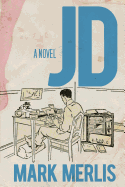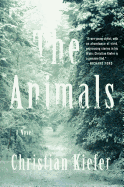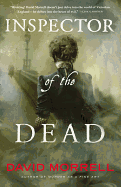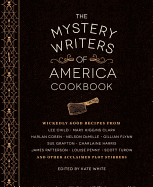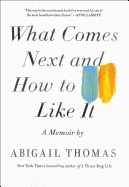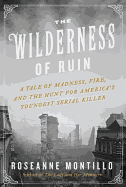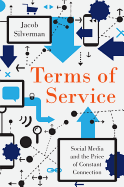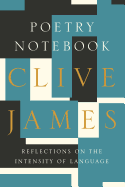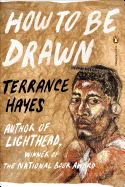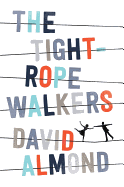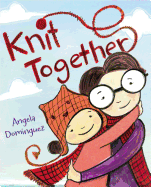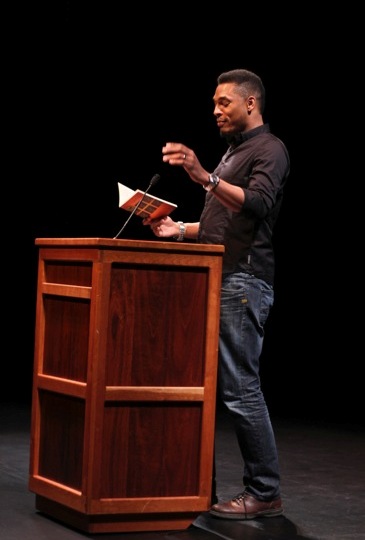 |
| Photo: Literary Arts |
Terrance Hayes's first collection of of poetry, Muscular Music, won the Kate Tufts Discovery Award. His second, Hip Logic, was selected by Cornelius Eady for the National Poetry Series. His fourth, Lighthead, won the 2010 National Book Award. Hayes served as editor for The Best American Poetry 2014 and in the same year he was the recipient of a MacArthur Fellowship. He teaches at the University of Pittsburgh. His new book is How to Be Drawn (Penguin Books, March 31, 2015); our review is below.
(Shelf Awareness would like to thank Literary Arts in Portland, Ore., where Hayes read as part of the 30th anniversary Poetry Downtown program, for helping make this interview possible.)
The first thing that strikes a reader of How to Be Drawn is the cover juxtaposed with the title. You've illustrated most of your own book covers and this title plays off a portrait you've drawn. A number of poems in the book refer to "draw" or "drawn." What are you trying to draw out of your readers?
Thanks, I hadn't considered that dimension of the title. As a reader of poems, I'm mostly interested in getting close to the page: intimacy, engagement. I like the engagement born of pleasure, but also the engagement born of being challenged emotionally and/or intellectually. I hope the poems draw a reader close to the page.
The book has an epigraph from the visual and hip-hop artist Rammellzee: "A letter moves backwards with its own wings...." How does this inform these poems?
That epigraph actually is connected to my previous comment. A reader moves backward and forward, inward and outward with her/his own wings (aka imagination, curiosity, pursuits). Rammellzee is referring to graffiti on subway cars. Readers are equal to travelers; language is a mode of transportation.
You've said you like to invent formal constraints. This is certainly true for the poem about Etheridge Knight in the form of a crime report, or "Who Are the Tribes," which uses a graph and then 13 numbered segments. Chicken or egg? Form or content?
Maybe that question drives the book.... The three sections are oriented around the mind, body and soul. Is form more mind, body or soul? Is content mostly a matter of context or subject? Your answers are as good as mine.
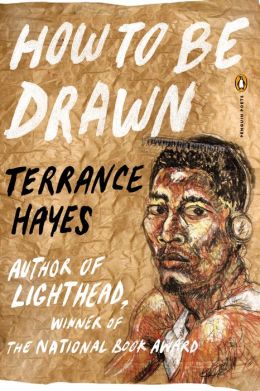 The powerful "Self-Portrait as the Mind of a Camera" seems almost epic-like in a mere six pages: "What if, in your previous life,/ You were born a black man's camera."
The powerful "Self-Portrait as the Mind of a Camera" seems almost epic-like in a mere six pages: "What if, in your previous life,/ You were born a black man's camera."
The poem is inspired by the work of Pittsburgh photographer Teenie Harris. That poem is also mulling form and content: the dynamics of object and subject, the relationship between camera, photographer and the photographed.
"How to Draw an Invisible Man," an intense piece about Ralph Ellison's corpse and what amazing things you find inside it, is a single sentence.
It began as a multi-sectioned piece. I sort of wrung, twisted and mashed the longer poem until it fit inside a single sentence.
The book has a short dedication: "for the ones like us." The last poem in the book, like an epilogue, is "Ars Poetica for the Ones Like Us (after Mark Rothko & Leonard Cohen)," with the line "the poem could be/ Thought of as a house." How to Be Drawn--does it open with a window, close with a window?
Hmmm. I do generally think of poems like houses. Some need more doors and windows than others. I'm more interested in expansive openings than definitive closures. And especially interested in doors that become corridors and windows that are mirrors.
Do you think that the many popular language-driven art forms such as rap, hip hop, etc., are helping to create a new poetry readership?
Sure. Language begets language. --Tom Lavoie, former publisher
Terrance Hayes: The Poem as a House
 I can't talk about prose poetry, though, without mentioning Toronto's Emma Healey, who has lately been gracing readers with lovely pieces of poetry that feature rap artist Drake at their center. (My dear, dear Drake.) Magnificently sharp and droll, Healey is nothing if not proud of her Canadian culture and kin. In "Heritage Moments," from her book Begin with the End in Mind (Arbeiter Ring, $12.95), she writes, "Our passenger rail system is named after a preposition, though we do not think about this too much and neither should you."
I can't talk about prose poetry, though, without mentioning Toronto's Emma Healey, who has lately been gracing readers with lovely pieces of poetry that feature rap artist Drake at their center. (My dear, dear Drake.) Magnificently sharp and droll, Healey is nothing if not proud of her Canadian culture and kin. In "Heritage Moments," from her book Begin with the End in Mind (Arbeiter Ring, $12.95), she writes, "Our passenger rail system is named after a preposition, though we do not think about this too much and neither should you."



 The powerful "Self-Portrait as the Mind of a Camera" seems almost epic-like in a mere six pages: "What if, in your previous life,/ You were born a black man's camera."
The powerful "Self-Portrait as the Mind of a Camera" seems almost epic-like in a mere six pages: "What if, in your previous life,/ You were born a black man's camera." 